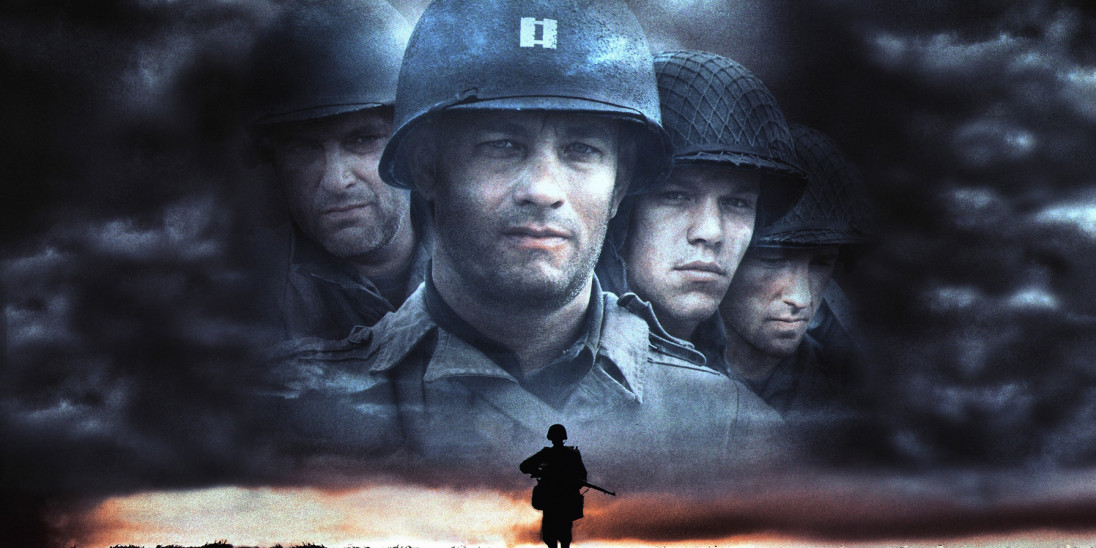Saving Private Ryan (1998)

Directed by Steven Spielberg, Saving Private Ryan is a gripping and powerful World War II drama that remains a landmark in cinema for its realistic depiction of the brutality of war. The film is known for its unflinching portrayal of the D-Day landing at Normandy, as well as its exploration of duty, sacrifice, and the human cost of war.

The film begins with the harrowing and chaotic D-Day landing at Omaha Beach, where a group of American soldiers are tasked with securing the beachhead against German forces. The focus soon shifts to a mission that seems almost absurd: Captain John Miller (Tom Hanks) and a small team of soldiers are ordered to go behind enemy lines to find and bring home Private James Francis Ryan (Matt Damon), whose three brothers have been killed in action. The Army wants to save Ryan and return him to his grieving mother in the United States, despite the high risk involved.

As the group ventures deeper into enemy territory, they face not only the dangers of war but also philosophical and moral dilemmas, questioning whether the life of one soldier is worth the lives of many others. The film’s emotional depth explores the bond that forms between soldiers, as well as the psychological toll of war.

Spielberg’s direction is masterful, especially in the iconic opening sequence depicting the invasion of Normandy. The chaotic, visceral experience of war is captured with unparalleled intensity, putting the viewer in the midst of the action. The cinematography by Janusz Kamiński complements this with its gritty realism, particularly in the use of handheld cameras and muted colors to give the film a documentary-like feel.
The film’s pace is deliberate and reflective, with quiet moments that provide emotional depth between the action scenes. Spielberg’s focus on character development amidst the war sequences ensures that the human side of the story never gets lost in the spectacle.











